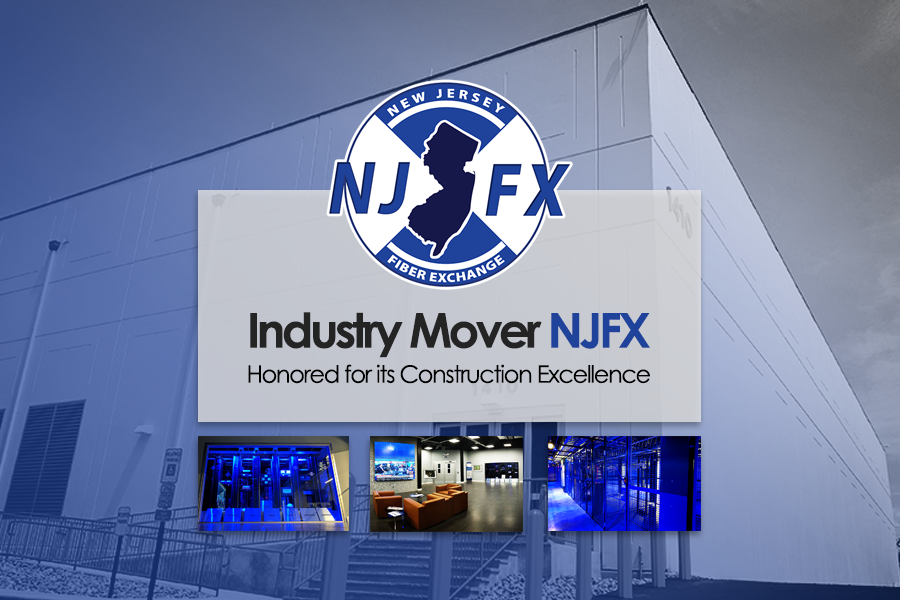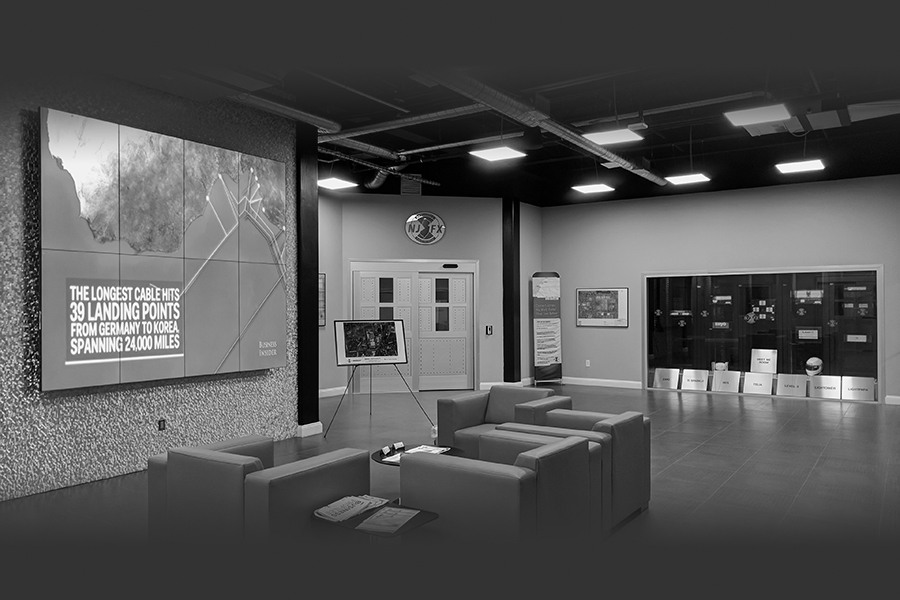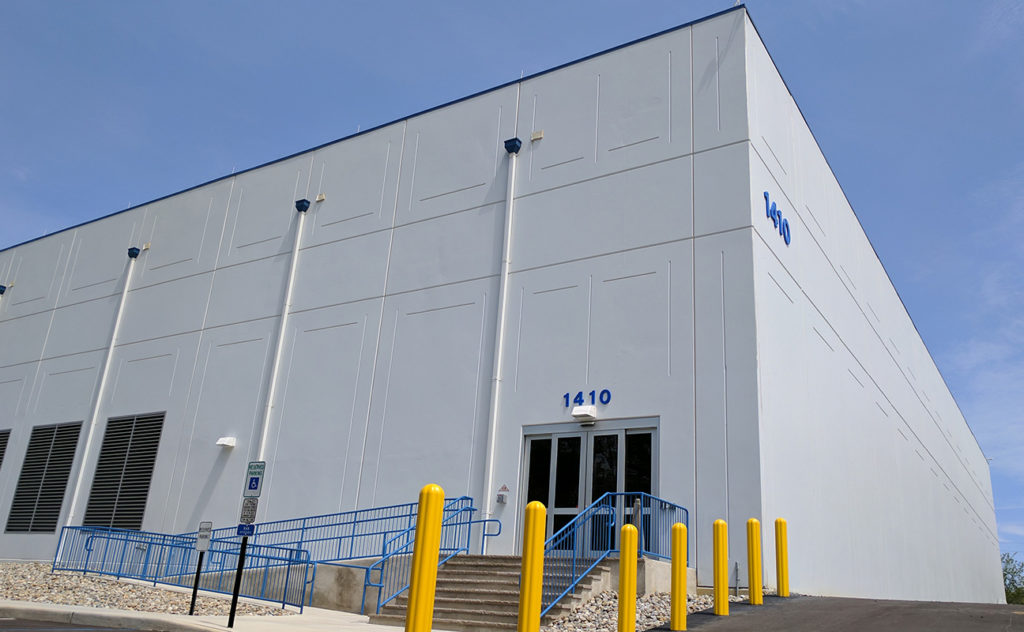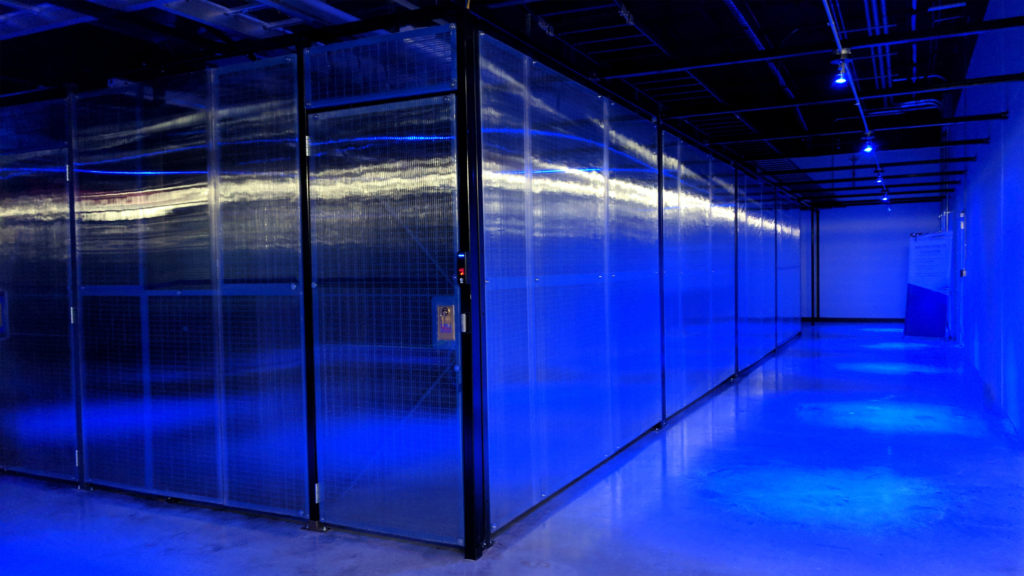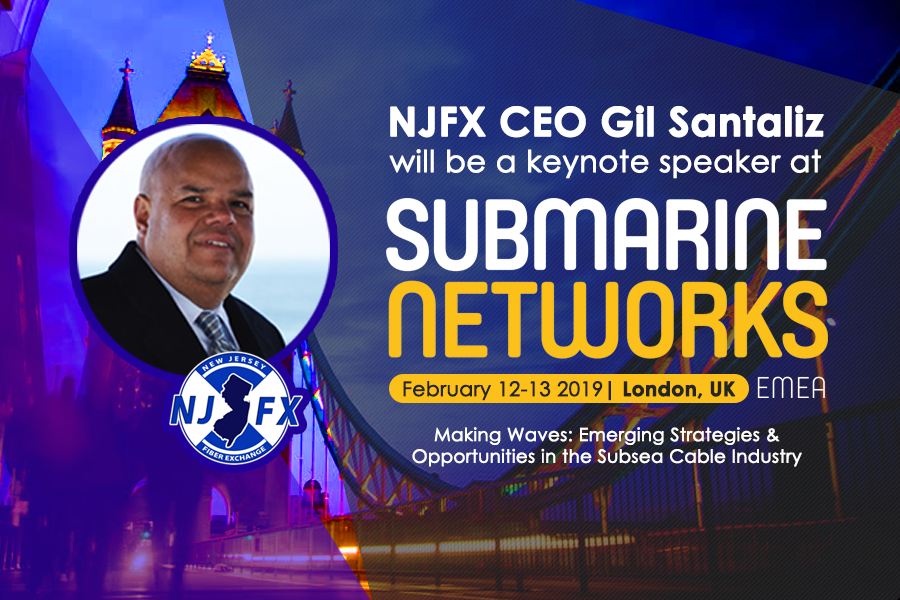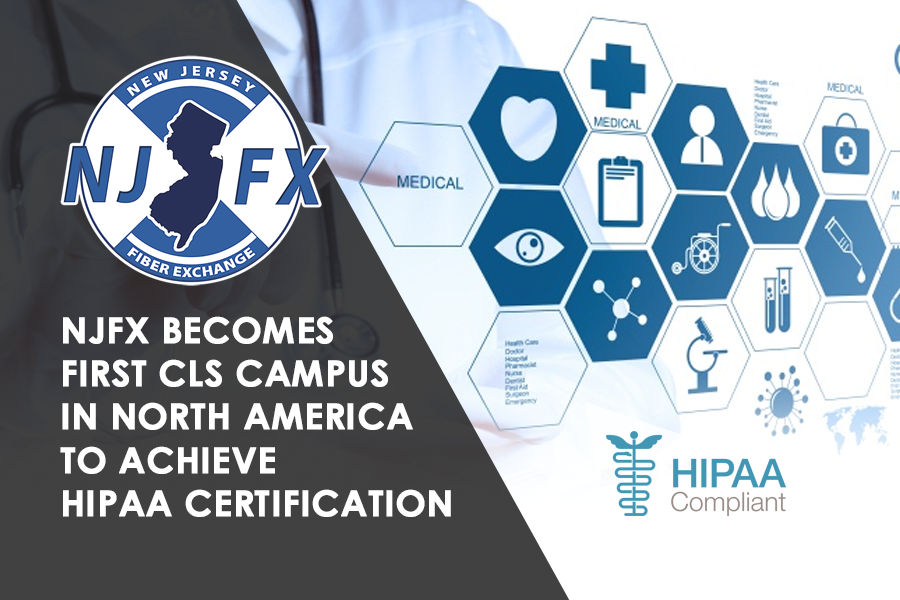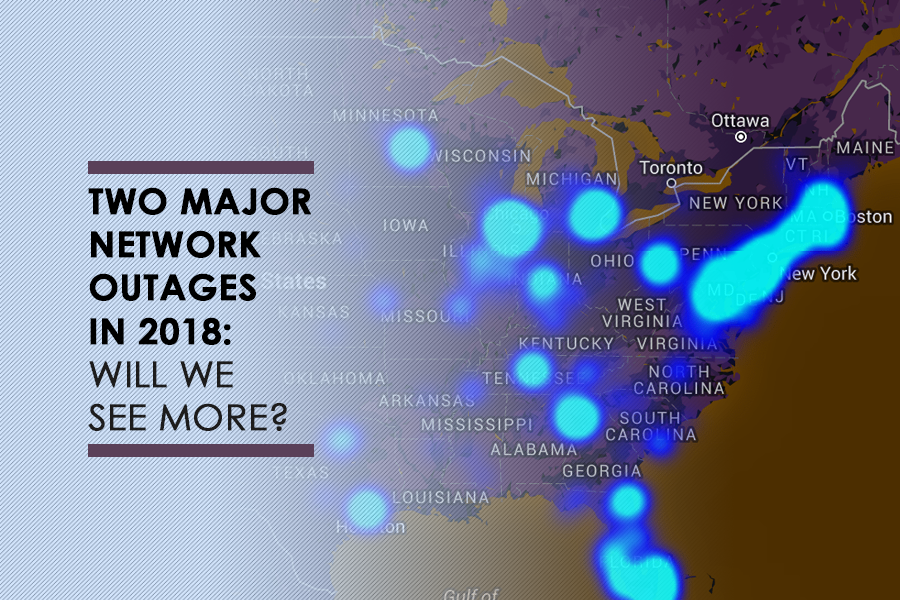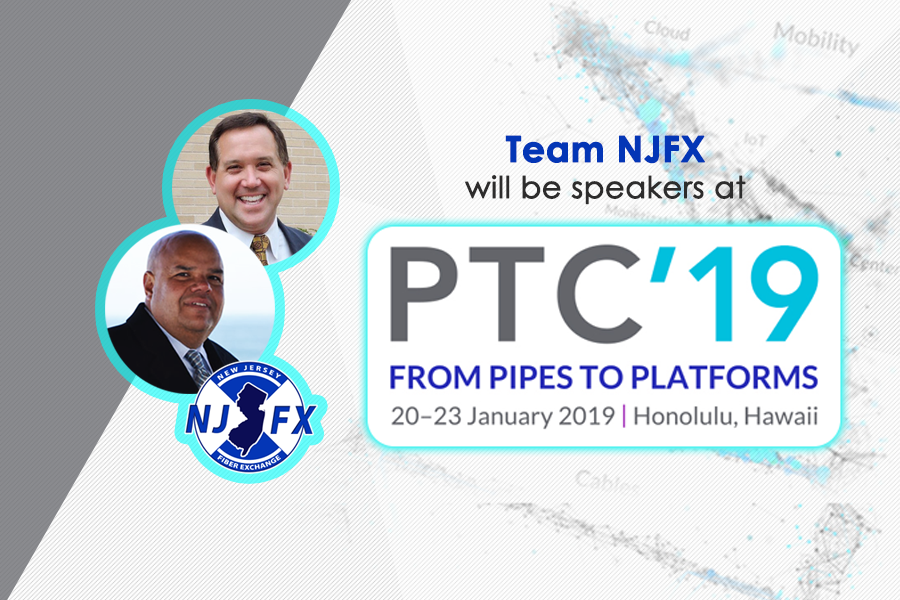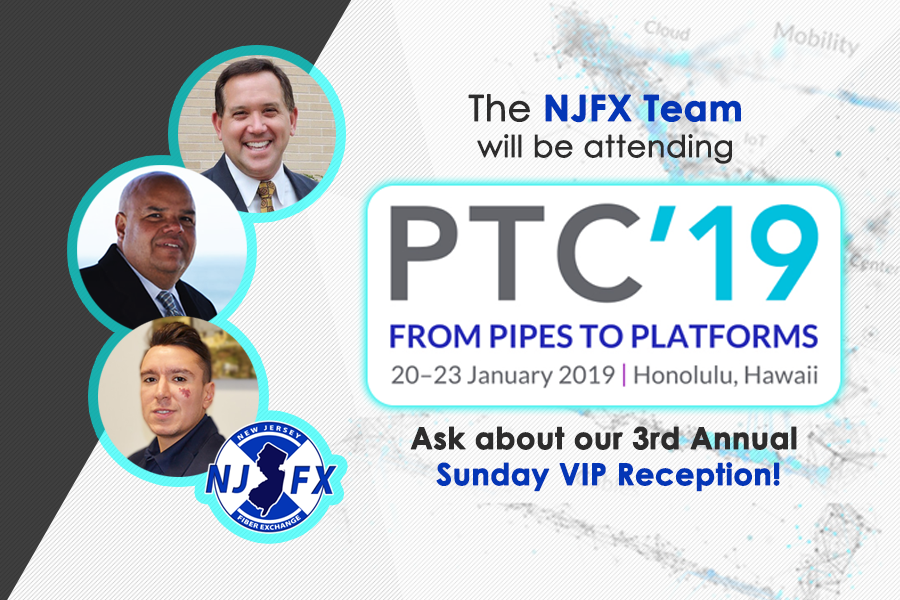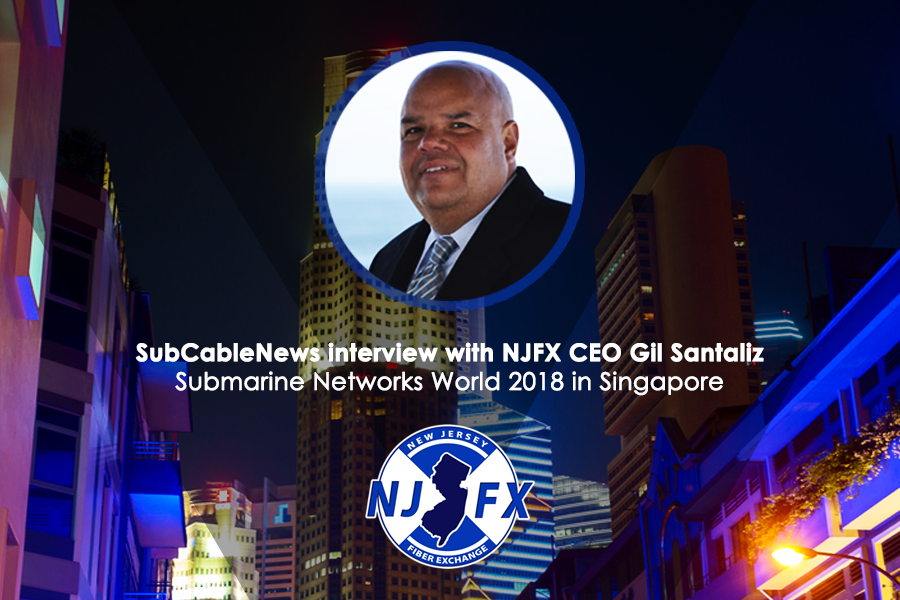NJFX Founder & CEO Gil Santaliz to Offer Insight on Cloud Connectivity and the Data Center
NJFX Founder & CEO Gil Santaliz to Offer Insight on Cloud Connectivity and the Data Center
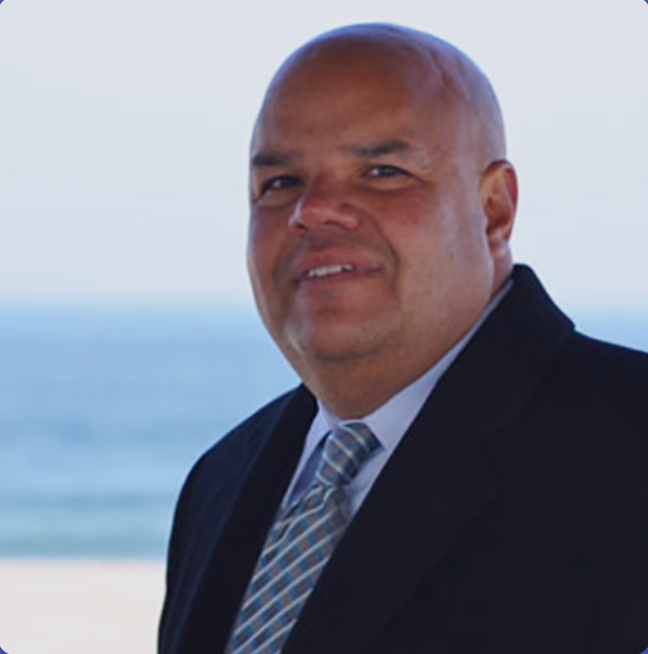
Gil Santaliz
CEO
April 18, 2019
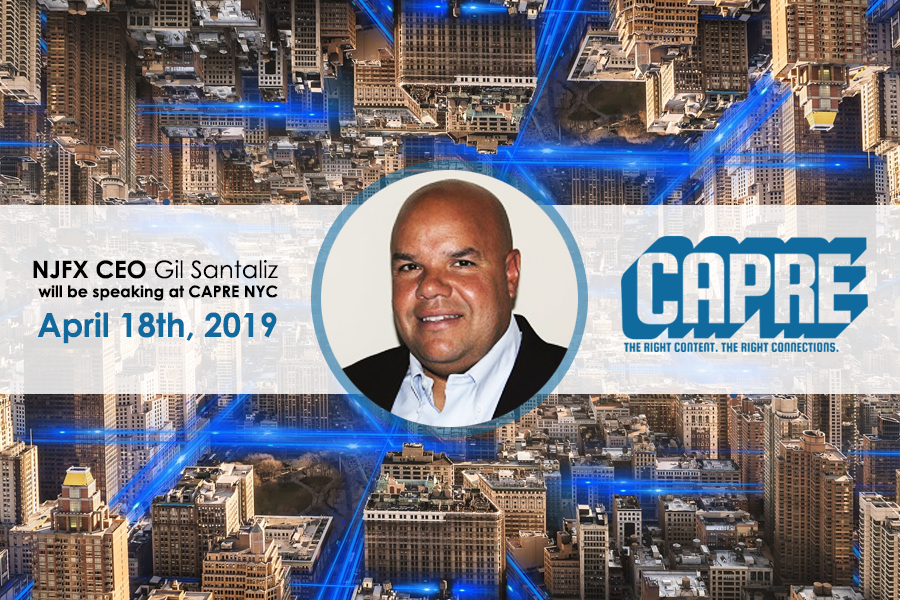
Gil Santaliz, Founder and CEO of NJFX, is bringing his expertise to CAPRE’s Eighth Annual Greater New York Data Center & Cloud Infrastructure Summit set for April 18th in Times Square. The Summit features leading technology infrastructure executives, data center real estate experts and leaders in the hyperscale, colocation, edge and cloud areas.
Mr. Santaliz will participate on the panel entitled, “Cloud On-Ramps: Finding Data Centers with Connectivity to Major Cloud Providers”. Discussion will include the vitality of an on ramp, transparency in data center cloud applications, cloud consolidation and more.
Mr. Santaliz brings his thought leadership to the Summit on the heels of being recognized as part of Capacity Media’s Power 100, the first ever listing of 100 of the most influential men and women in the wholesale telecommunications industry. Capacity Media’s criteria for landing a spot on the coveted list included those known for being innovators, critical thinkers and agents of change who are continuously pushing the industry forward.
With his thought leadership on strengthening network resiliency, prioritizing network diversity and providing accessible connectivity with international subsea cable systems, Mr. Santaliz is on the forefront of a transparent solution for carriers and customers alike, in a neutral setting that is strategically positioned 64 feet above sea level in a Tier III, secure facility on the Jersey Shore.
As a preview to the expertise Mr. Santaliz will bring to the Summit, CAPRE Media conducted a Q&A that includes his thoughts on data center reiterations. “Data centers have gone through an evolution over last 15 years from proprietary, localized, close to enterprise, to a realization that shared data centers are economical, to now hyperscale options which don’t require any CapEx. You can just pay as you go,” states Mr. Santaliz.
To learn more about NJFX, visit www.njfx.net. To request a meeting with members of the NJFX leadership team at the Summit, please contact [email protected].
###
About NJFX:
NJFX is a Tier 3 Carrier Neutral Cable Landing Station campus. Our colocation ecosystem has expanded to over 35 network operators offering flexibility, reliability, and security. Our Wall, NJ location provides direct access to multiple subsea cable systems giving our carriers diverse connectivity solutions and offers direct interconnection without recurring cross-connect fees.
More In the News
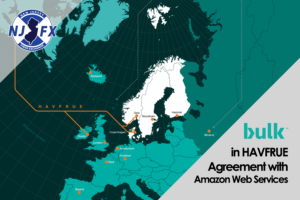
Bulk in HAVFRUE Agreement with Amazon Web Services
Bulk in HAVFRUE Agreement with Amazon Web Services Bulk Infrastructure has signed an agreement with Amazon Web Services (AWS) for the use of Bulk’s ownership

Intercontinental submarine network services
Intercontinental submarine network services Intercontinental network connections do not stop at the beach. Learn how companies like NJFX, Zayo, and Ciena work together to get
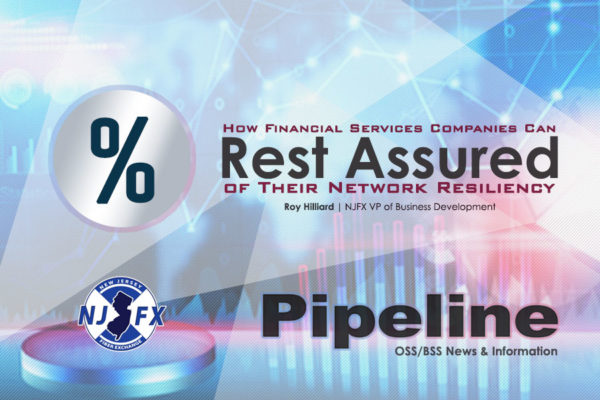
How Financial Services Companies Can Rest Assured of Their Network Resiliency
How Financial Services Companies Can Rest Assured of Their Network Resiliency By Roy Hilliard, NJFX VP of Business Development January 14, 2019 Network downtime isn’t so
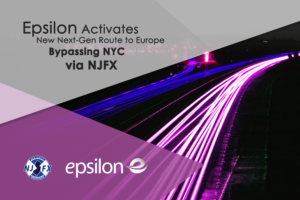
Epsilon Activates New Next-Gen Network Route to Europe, Bypassing NYC at the NJFX CLS
Epsilon Activates New Next-Gen Network Route to Europe, Bypassing NYC at the NJFX CLS New Route Strategically Bypasses NYC from Ashburn, Virginia, Where 70% of
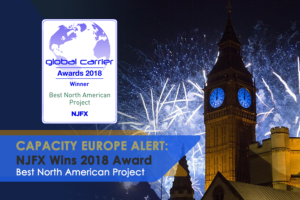
NJFX Wins 2018 Global Carrier Award for “Best North American Project”
NJFX Wins 2018 Global Carrier Award for “Best North American Project” Gil Santaliz CEO October 25, 2018 London – NJFX, the only CLS colocation campus
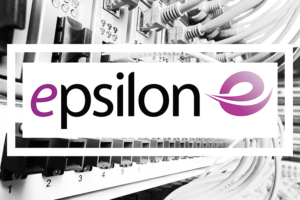
Epsilon using NJFX to allow SDN to bypass New York
Epsilon using NJFX to allow SDN to bypass New York See the original article at Capacity Media. October 22, 2018 Epsilon has extended its software-defined networking

